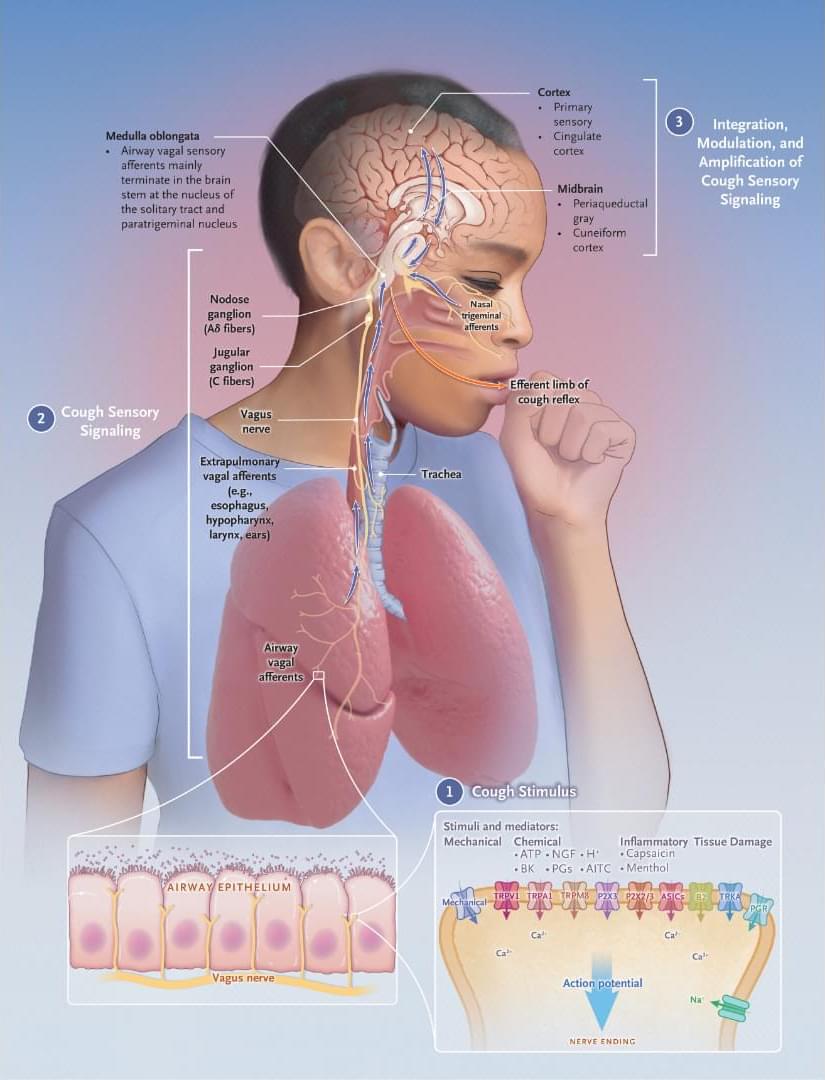Villate, A., Olivares, M., Usobiaga, A. et al. Sci Rep 14, 31,492 (2024). https://doi.org/10.1038/s41598-024-83288-5
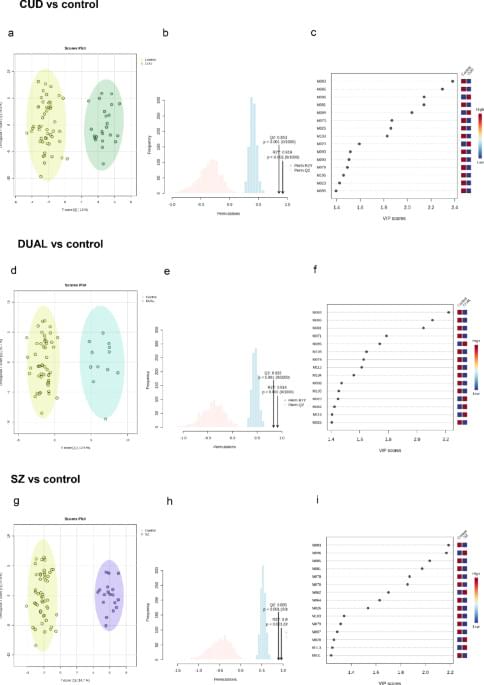

Villate, A., Olivares, M., Usobiaga, A. et al. Sci Rep 14, 31,492 (2024). https://doi.org/10.1038/s41598-024-83288-5
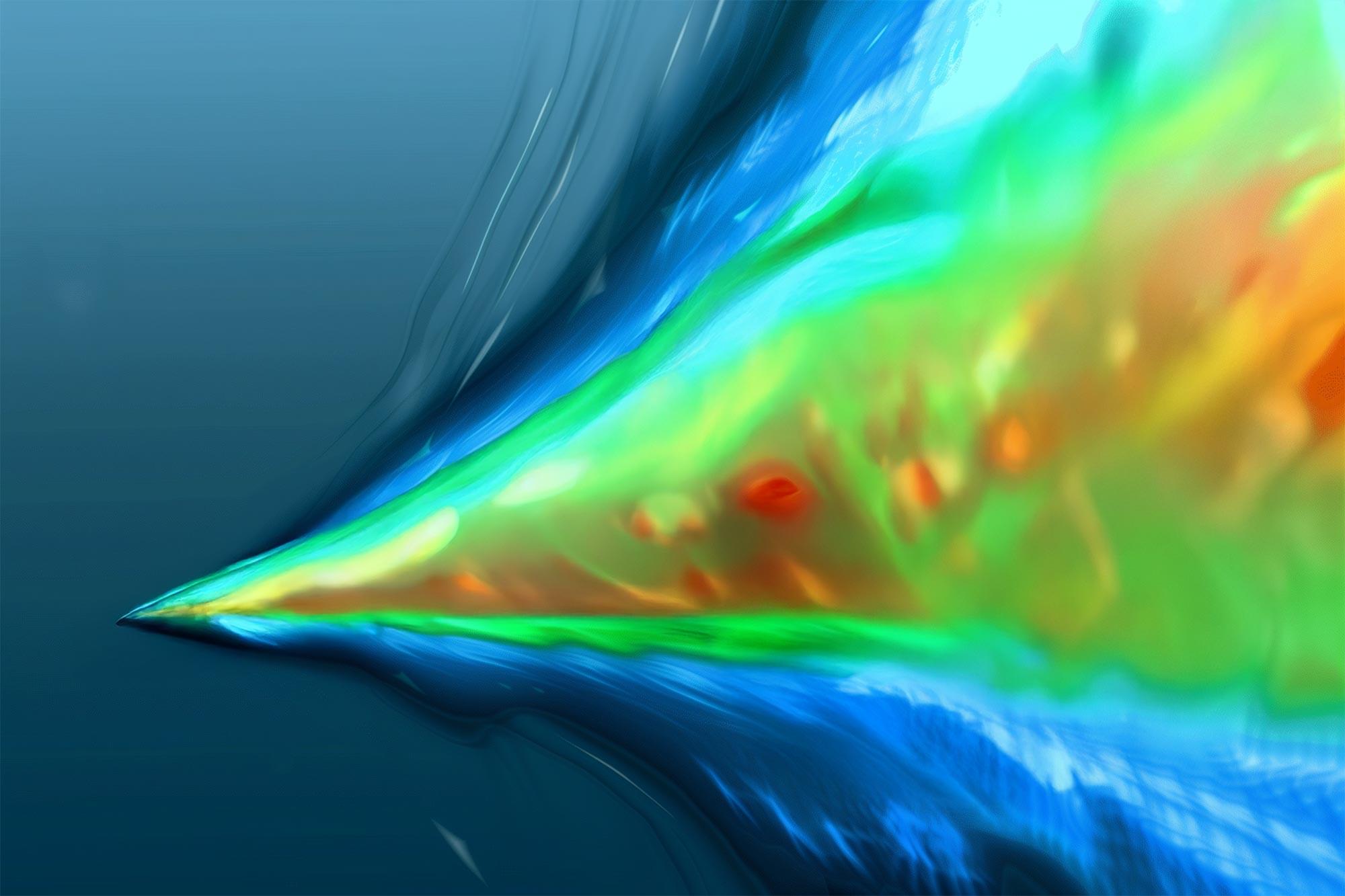
Researchers at the University of Illinois Urbana-Champaign have unlocked new insights into the turbulent behavior of hypersonic flows by using advanced 3D simulations.
Leveraging supercomputing power and custom-built software, they discovered unexpected instabilities and flow breaks around cone-shaped models at Mach 16, disturbances never seen before in previous 2D or experimental studies. These findings could significantly impact the design of future hypersonic vehicles by helping engineers understand how extreme speeds interact with surface geometries in new ways.
Hypersonic Flows and New Discoveries.
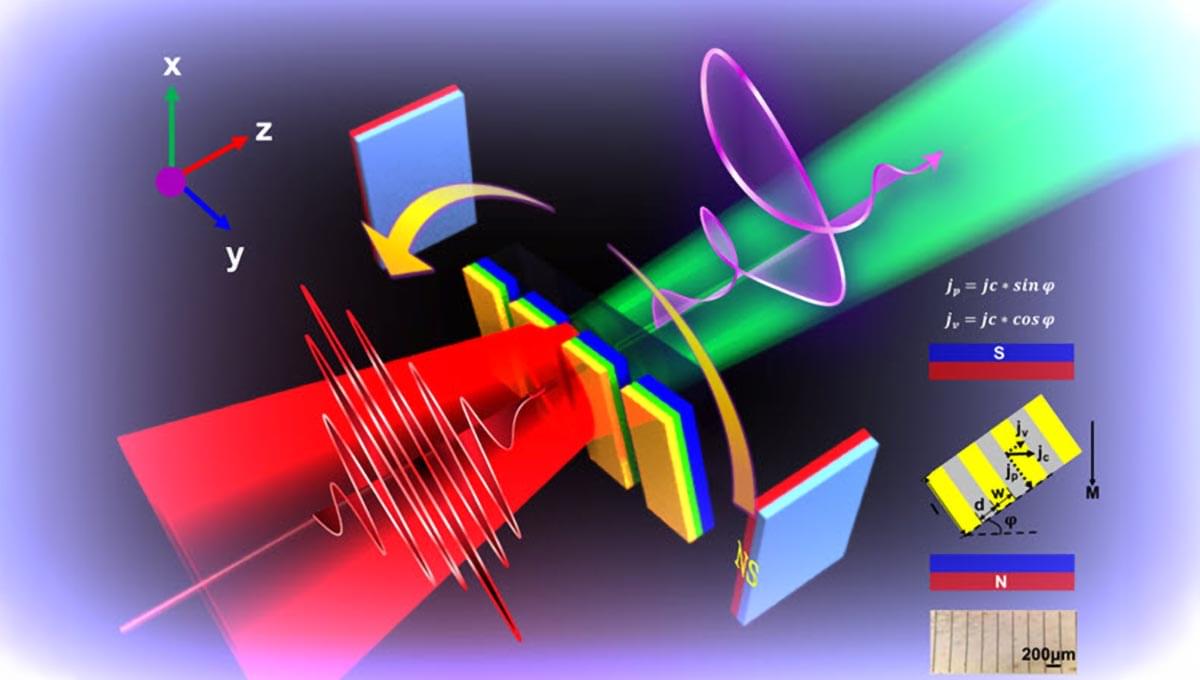

Physicists have made a major leap in our understanding of quantum entanglement by fully mapping out the statistics it can produce – essentially decoding the language of the quantum world.
This breakthrough reveals how the bizarre but powerful correlations in quantum systems can be used to test, secure, and certify the behavior of quantum devices, all without knowing their inner workings. The ability to self-test even partially entangled systems now opens doors to more robust quantum communication, encryption, and computing methods. It’s a game-changer for both fundamental physics and real-world quantum tech.
Cracking the code of quantum entanglement.

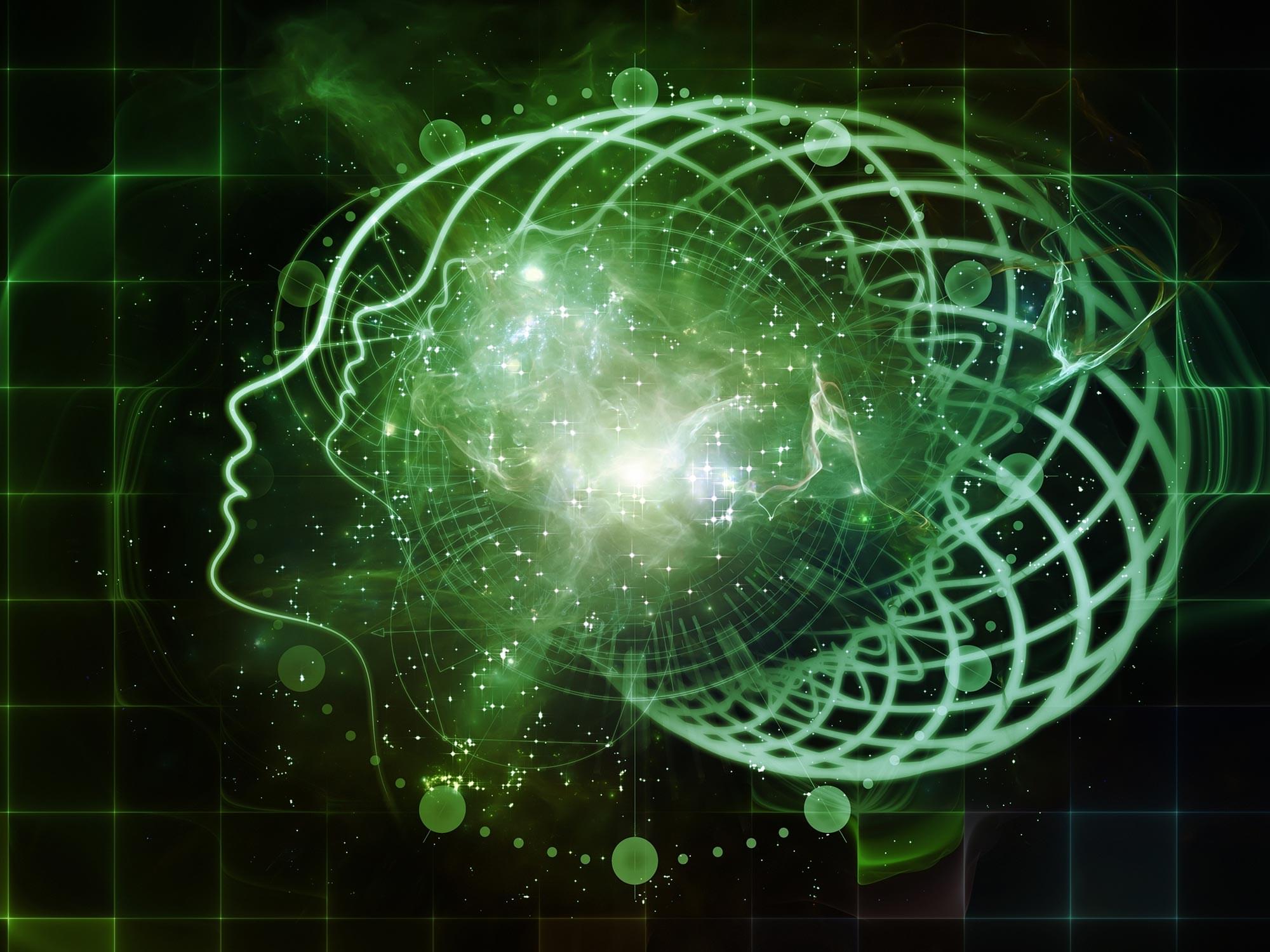
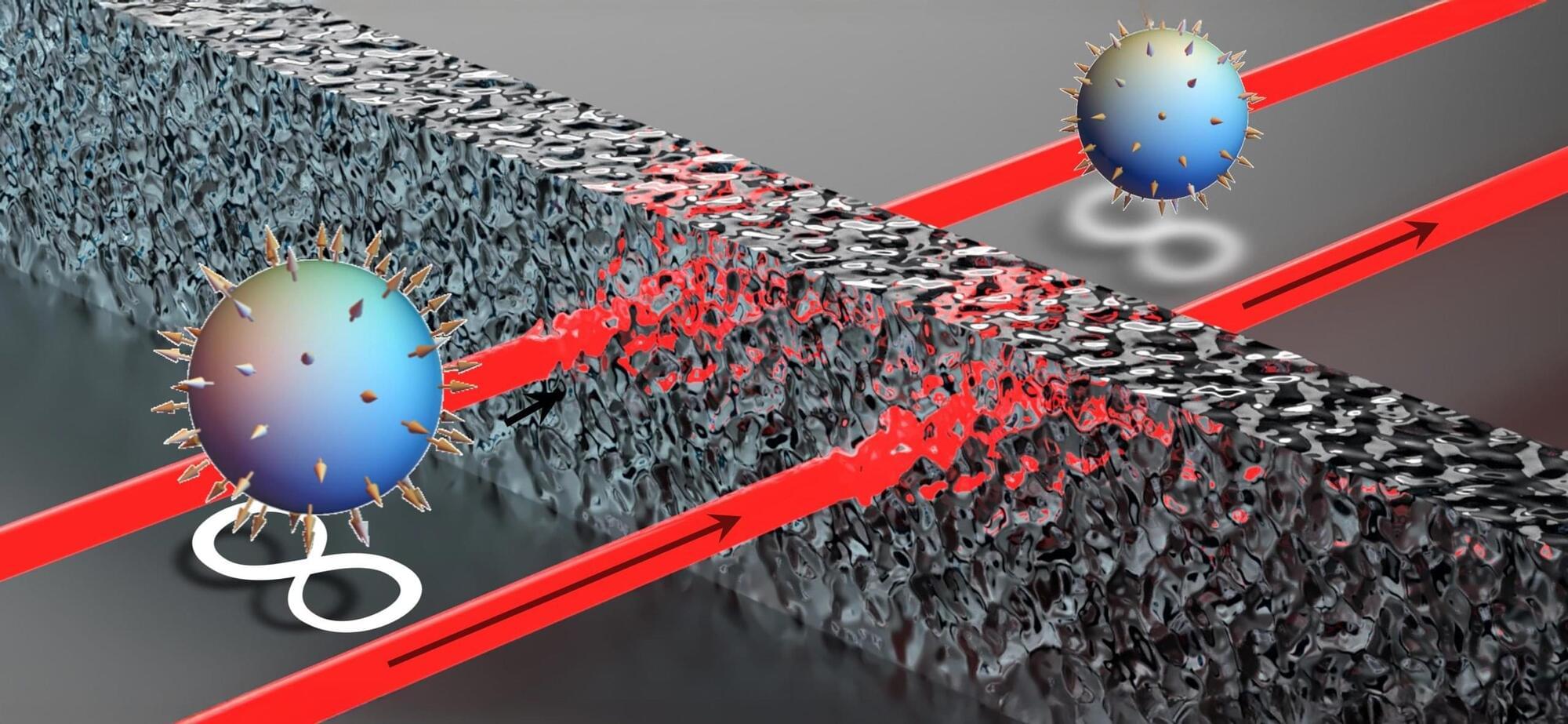

Scientists have long sought to unravel the mysteries of strange metals—materials that defy conventional rules of electricity and magnetism. Now, a team of physicists at Rice University has made a breakthrough in this area using a tool from quantum information science. Their study, published recently in Nature Communications, reveals that electrons in strange metals become more entangled at a crucial tipping point, shedding new light on the behavior of these enigmatic materials. The discovery could pave the way for advances in superconductors with the potential to transform energy use in the future.
Unlike conventional metals such as copper or gold that have well-understood electrical properties, strange metals behave in much more complex ways, making their inner workings beyond the realm of textbook description. Led by Qimiao Si, the Harry C. and Olga K. Wiess Professor of Physics and Astronomy, the research team turned to quantum Fisher information (QFI), a concept from quantum metrology used to measure how electron interactions evolve under extreme conditions, to find answers. Their research shows that electron entanglement, a fundamental quantum phenomenon, peaks at a quantum critical point: the transition between two states of matter.
“Our findings reveal that strange metals exhibit a unique entanglement pattern, which offers a new lens to understand their exotic behavior,” Si said. “By leveraging quantum information theory, we are uncovering deep quantum correlations that were previously inaccessible.”

Axon regeneration can be induced across anatomically complete spinal cord injury (SCI), but robust functional restoration has been elusive. Whether restoring neurological functions requires directed regeneration of axons from specific neuronal subpopulations to their natural target regions remains unclear. To address this question, we applied projection-specific and comparative single-nucleus RNA sequencing to identify neuronal subpopulations that restore walking after incomplete SCI. We show that chemoattracting and guiding the transected axons of these neurons to their natural target region led to substantial recovery of walking after complete SCI in mice, whereas regeneration of axons simply across the lesion had no effect. Thus, reestablishing the natural projections of characterized neurons forms an essential part of axon regeneration strategies aimed at restoring lost neurological functions.
